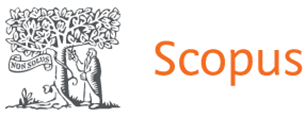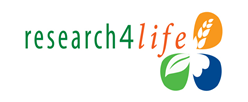The Terror-Famine Trauma Through the Narrative of Novella "Holodomor" by Yevhen Hutsalo
DOI:
https://doi.org/10.15330/jpnu.9.2.44-52Keywords:
narrative, poetics, trauma, genocide, image, character, memoryAbstract
One of the tasks of modern humanities, in particular Ukrainian one, is textualization of trauma as a memory that comes to life in “narratives of national identity”, since all the traumatic experience of previous generations, reflected on the mental map of Ukrainians, still remains not fully textualized, the whole situation is exacerbated by a new genocide, unleashed by Muscovy (Russia) against Ukraine. This article is devoted to the analysis of the novella “Holodomor” by Yevhen Hutsalo as a narrative of the collective trauma of the Holodomor, a terrible crime of the Moscow-Bolshevik dictatorship. The "trauma studies" methodology helps to research the narrative strategy, temporal-spacial modeling, ideological and literary sense of macro- and micro-images.
The work of Ye. Hutsalo was not written not by a direct eyewitness, yet it shows to way future generations inherit traumatic experience. The story's narrative focuses on the adherence to the historical and literary truths regarding the terrible "experiment" of the Moscow executioners and it is emphasized at the chronotope modeling level: " "tightness" of space horizontally - openness vertically; an exit from this locus of suffering is only through the grave. The author depicts the continent of the painful death of Ukrainian peasants, their struggle for life and for the salvation of their souls, the loss (or presence) of faith in the moral values that have been structuring their lives (the theocentric vertical) and all of that becomes a target of ruthless Moscow authorities who eagerly destroy everything, using food as a weapon.











